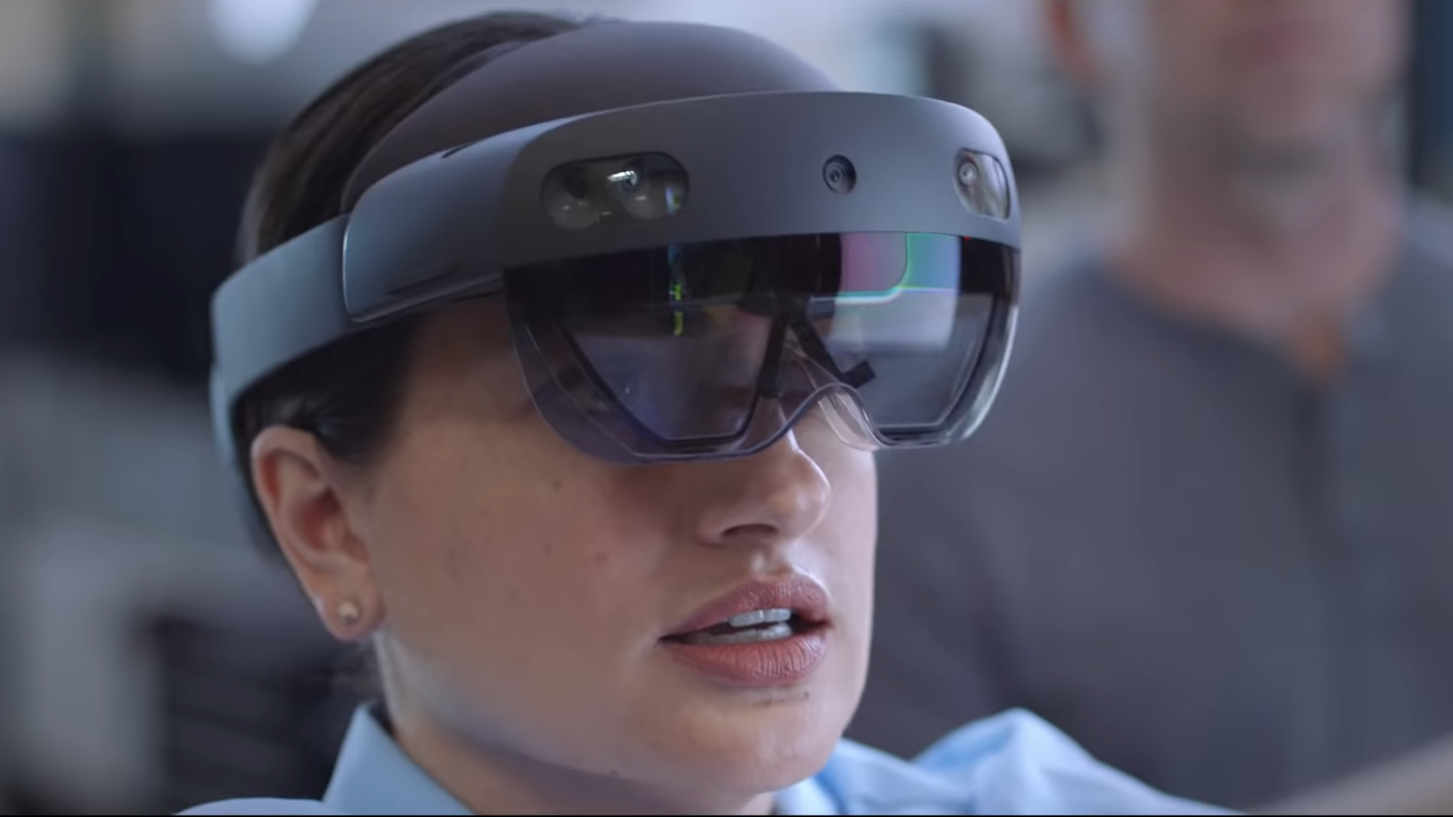2019/08/15 - Augmented Reality for real
As Augmented Reality gets to the masses, what is the best strategy for industrial applications ?Currently there is a huge pressure to bring Augmented Reality (AR), sometimes called mixed reality, to consumers, driven by the entertainment (gaming and fiction) and e-commerce (to offer previews of objects/dresses/accessories during online shopping) sectors.
Yet according to the Newzoo report ‘The New Reality for Mobile Gaming: The VR/AR Opportunity’ , page 47:
Though the tech and applications have grown, we are at least 5-10 years away from “peak VR/AR”
The commodification of AR is held back by a few technical obstacles such as:
-
3D content is bulky (e.g. 50 MB - 1 GB per object) and must be fully loaded on the device before initial display, requiring a more intense burst of bandwidth compared to 2D video (which can be loaded on the device progressively i.e. streamed); here 5G wireless networks may help thanks to the higher bandwidth;
-
nobody has yet a practical solution to the problem of shielding i.e. when virtual objects happen to be behind real objects;
-
the handheld devices (smartphones and tablets) have serious limitations: the display has low brightness so outside in daylight is poorly visible and of little impact; it is inconvenient to keep the device in the position required for enjoying AR content for more than a few minutes; the visual angle on which the AR is superimposed on the user’s field of view is very small; dedicated AR devices are coming (Magic Leap, Microsoft HoloLens, etc.), but they are expensive, not widespread, and technologically fragmented into incompatible ecosystems.
In the medium term, you’ll probably end up consuming AR content with a smartphone, but limited to indoor use and with virtual objects close to the observer (i.e. cat on table preferred over Godzilla on distant skyscraper).
Recently there’s a trend to bring operating system support for that use case (Apple iOS ARKit, Google Android ARCore) so that 3rd party SDKs are no more required.
But less than 5% of the devices currently in people’s pockets have sufficient specs (sensors, memory, CPU, and GPU) to provide a satisfactory AR experience based on ARKit / ARCore.
To check whether your device qualifies for AR, try installing either IKEA Place for iOS or Google ARCore for Android . If these apps refuse to install (like it happened to me), welcome to the group of 95%+ of smartphone users that will soon feel the need to upgrade their device – for device manufacturers smartphone obsolescence is a welcome side effect of the AR wave.
So the medium-term evolutions of the mass markets has strategic impacts on industrial applications:
-
Avoid developing a new app (see: “The app bubble is over” ) unless you really need one
-
Avoid walled gardens
-
Prefer progressively adding AR/VR experiences to existing websites, using platform-independent web technologies (see: WebXR samples and “Web-Powered Augmented Reality: a Hands-On Tutorial” ).
Screen-grab from “Introducing Dynamics 365 Remote Assist for HoloLens 2 and mobile devices” video by Microsoft HoloLens.
